Explanation
The museum
features various materials and items like artifacts and vehicles from the over
100 years of railroad history in Korea, which started with the first miracle
on September 18, 1899. The first floor houses a history hall and an exhibit
devoted to items from railroad vehicles. The second floor focuses on electronics,
communications, facilities and architecture, and items related to the transportation
industry. The first floor also has a Railroad Model Panorama Room, which features
replicas of the various trains that have traversed the Korean countryside, right
from the first steam engine until the KTX. There's also an outdoor exhibit area
featuring a real steam engine train, a presidential train, as well as passenger
and cargo trains. The presidential train was introduced in May of 2015 for guests
to enjoy.
Inquiry
Railroad Museum +82-31-461-3610
Homepage
info.korail.com (Korean, English)
Information Use
Capacities : 2,000-person capacity
Contact and Information : • 1330 Travel Hotline: +82-2-1330 (Korean, English, Japanese, Chinese)
• For more info: +82-31-461-3610 (Korean)
Parking facilities : Available
Parking Fees : Free (included in admission fee)
Day off : Mondays, day after public holidays, Lunar New Year's and Chuseok
Charges : Individuals: Adults (ages 19-64) 2,000 won
/ Children & Teenagers (ages 4-18) 1,000 won
Groups (20 and more): Adults 1,000 won / Children & Teenagers 500 won
※ Free Admissions: Children under age 4,
senior citizens (ages 65 and over)
Hours : Summer (April
to October) 09:00-18:00
Winter (November to February) 09:00-17:00
* Admission
closes 1 hour before closing time.
Scale : Property
size: 28,082 m2, 2 storeys, 1 basement level
Museum floor space: Indoors
2,857 m2, outdoors 1,937 m2
Touring Time : Approx. 3 hrs
More information
Program Information
* Wooden
train making - Saturday, Sunday / Fee: 6,000 won/person
* Train talk - run
according to reservations / Fee: 10,000 won/person
* Korail Children's train
picture contest
Collections Status
10,964 items (Exhibit hall 5,269 items, library 5,627 items, outdoor 68 items)
General Overview
Cooperation for film, TV show, TV commercial filming
Foreign Language Intepretation Services
No guide service available
Reservations
Reservations may be made over the phone or online.
Info. Services for Koreans
Apply for guide service when making a reservation.
Reservation for Foreigners
Reservations may be made over the phone or online.
Location
142 Cheoldobangmulgwan-ro, Uiwang-si, Gyeonggi-do
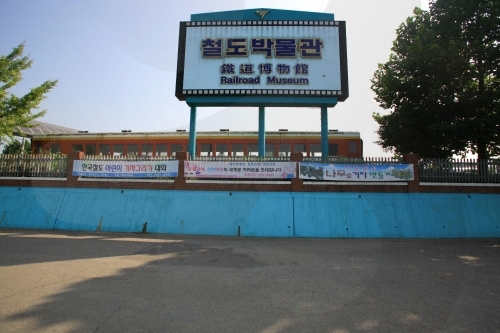
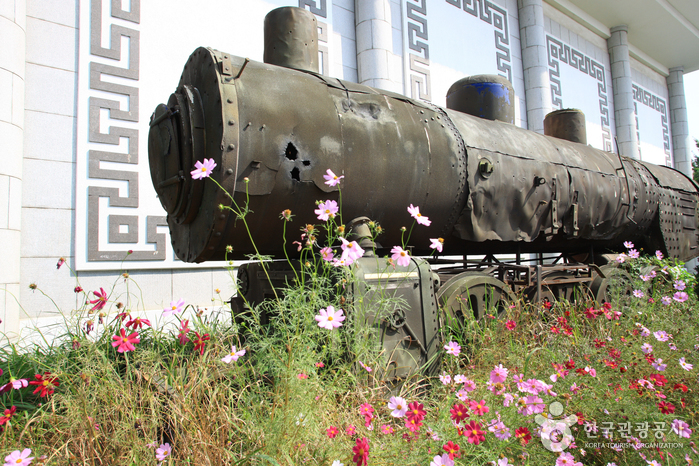
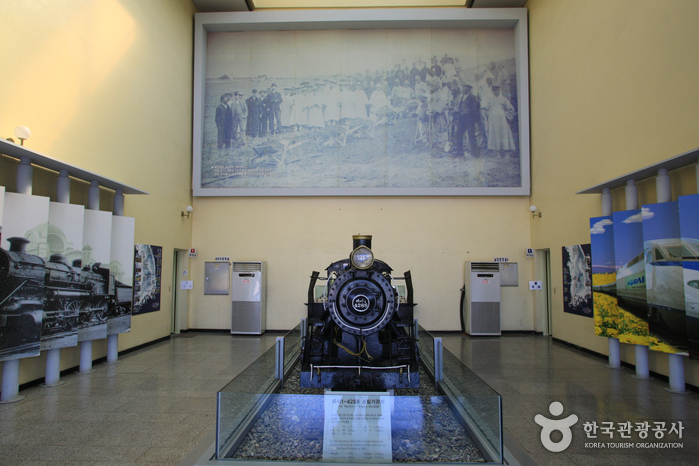
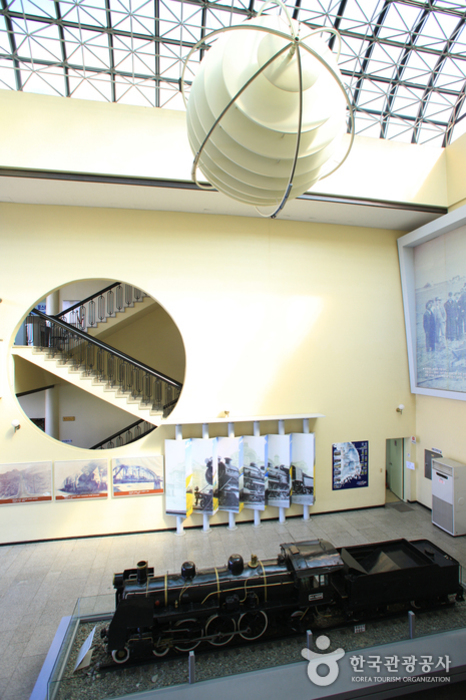
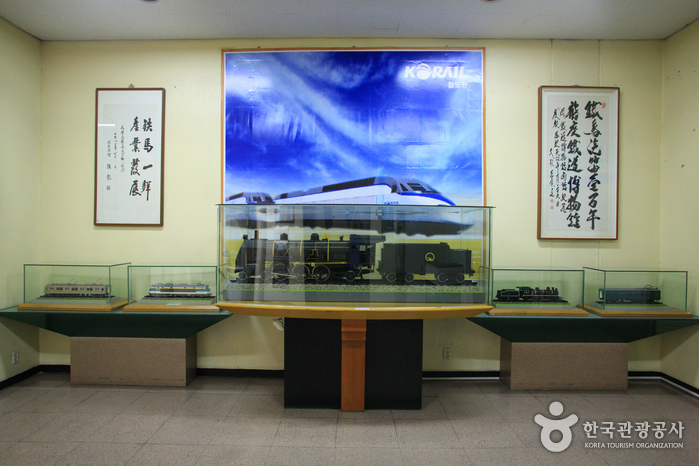
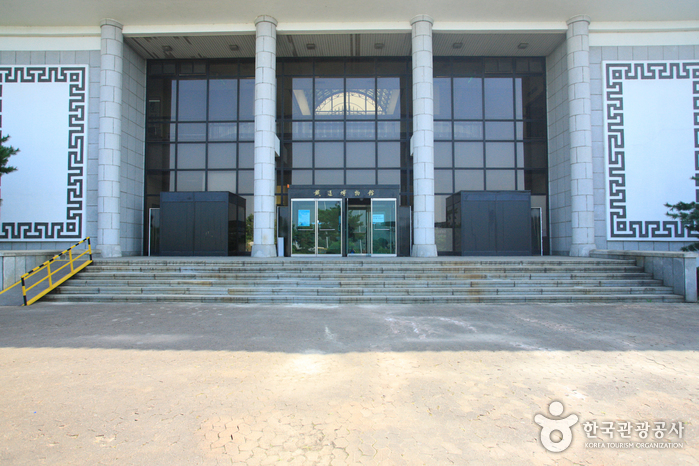
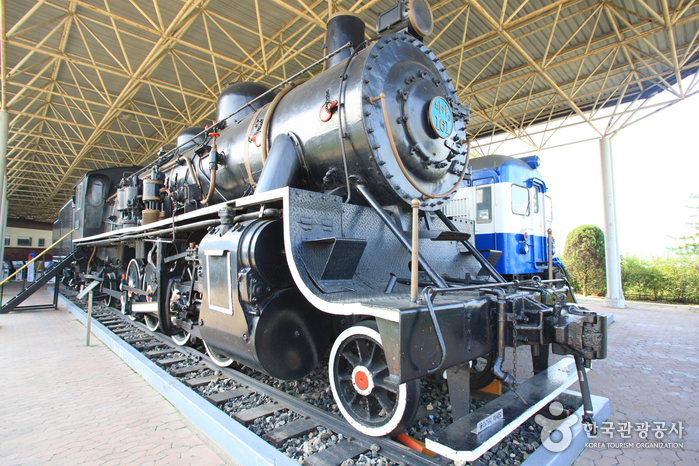
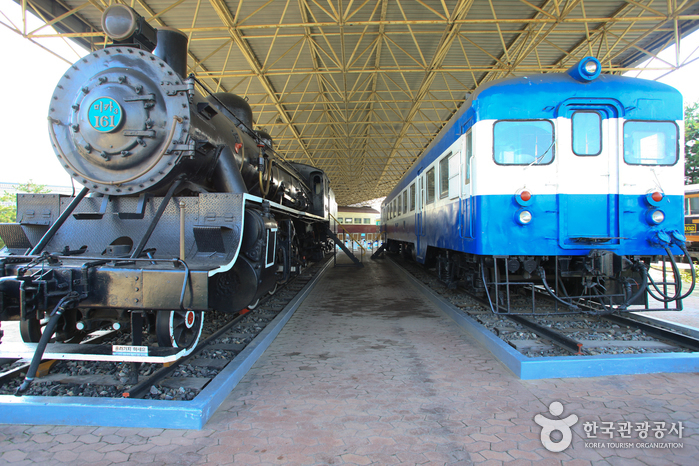
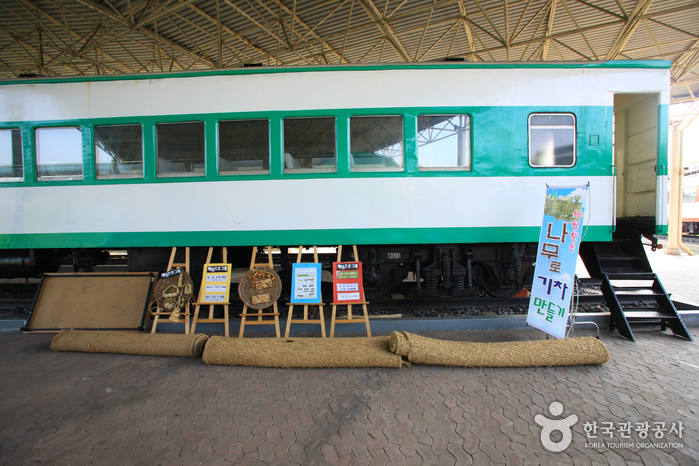
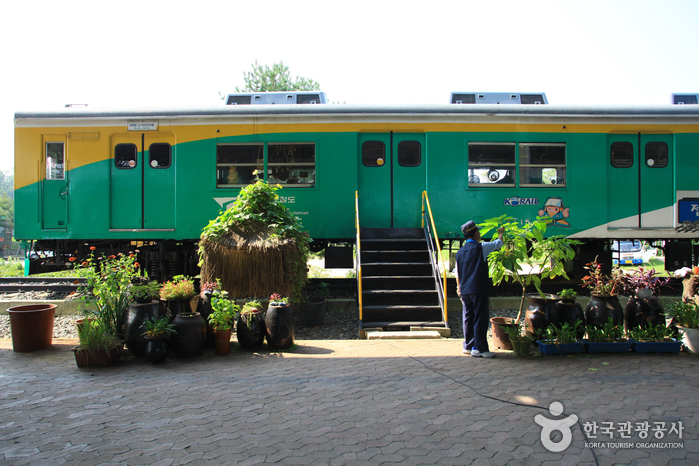
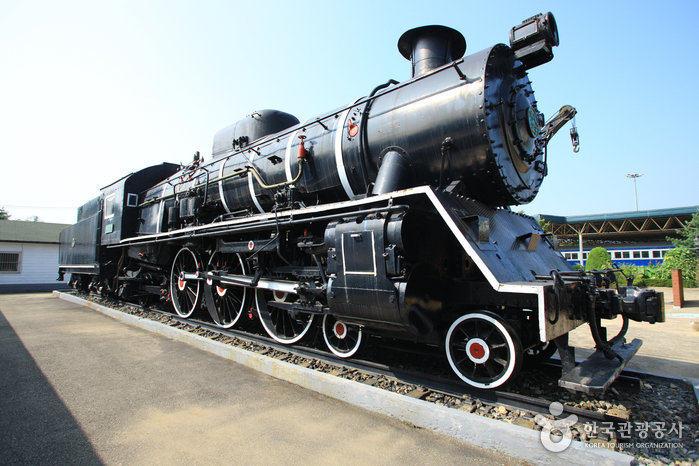

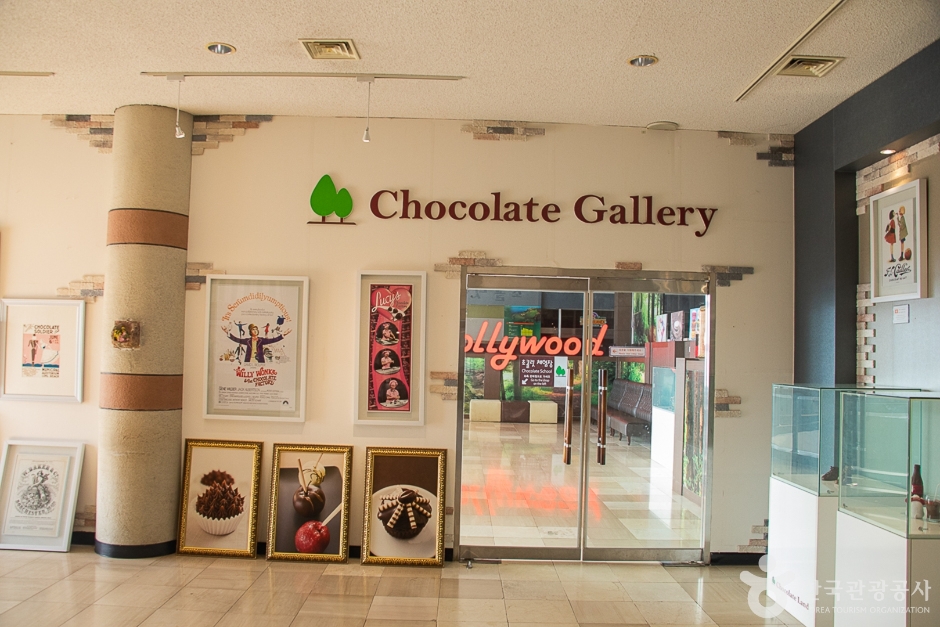
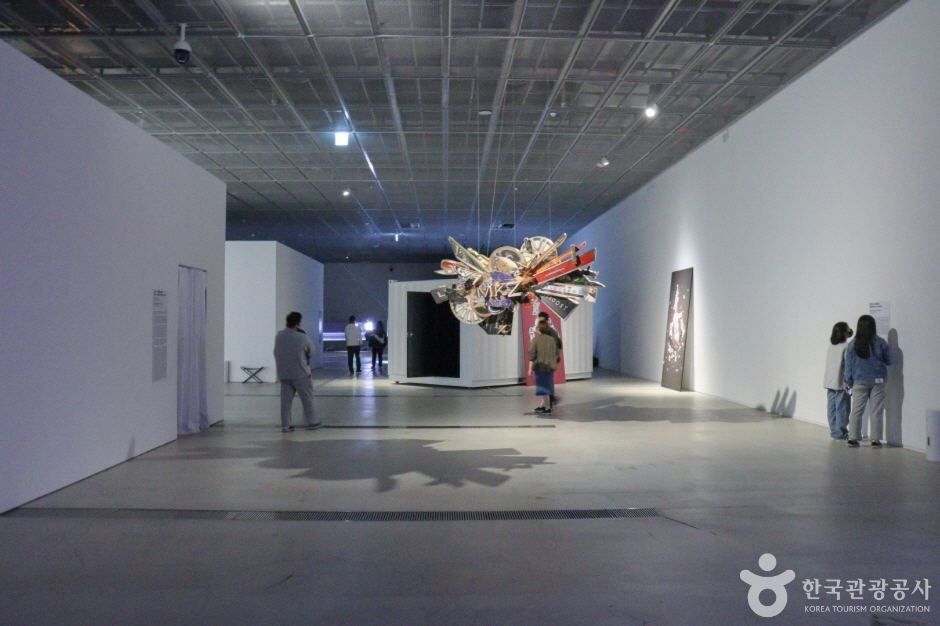
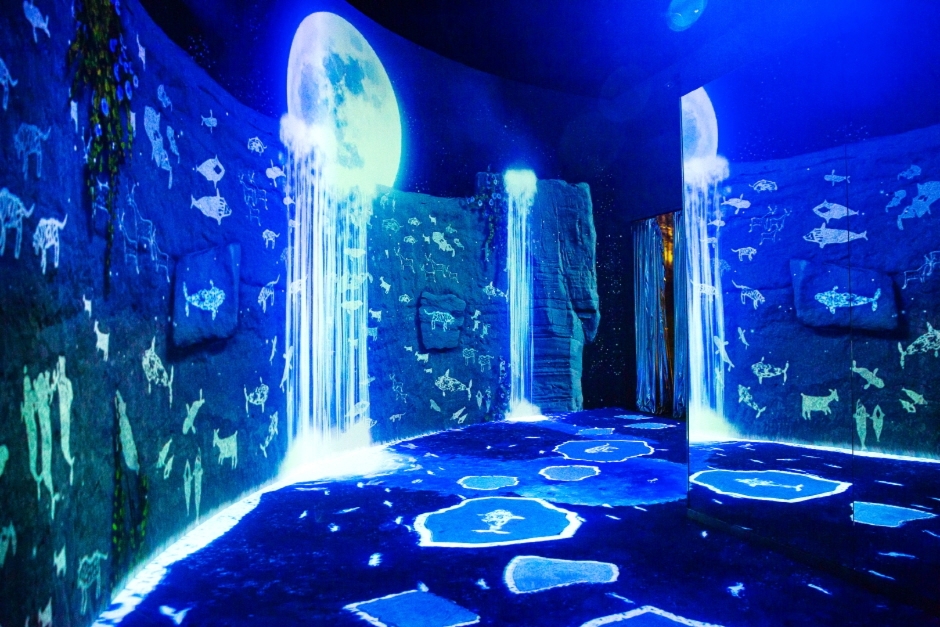
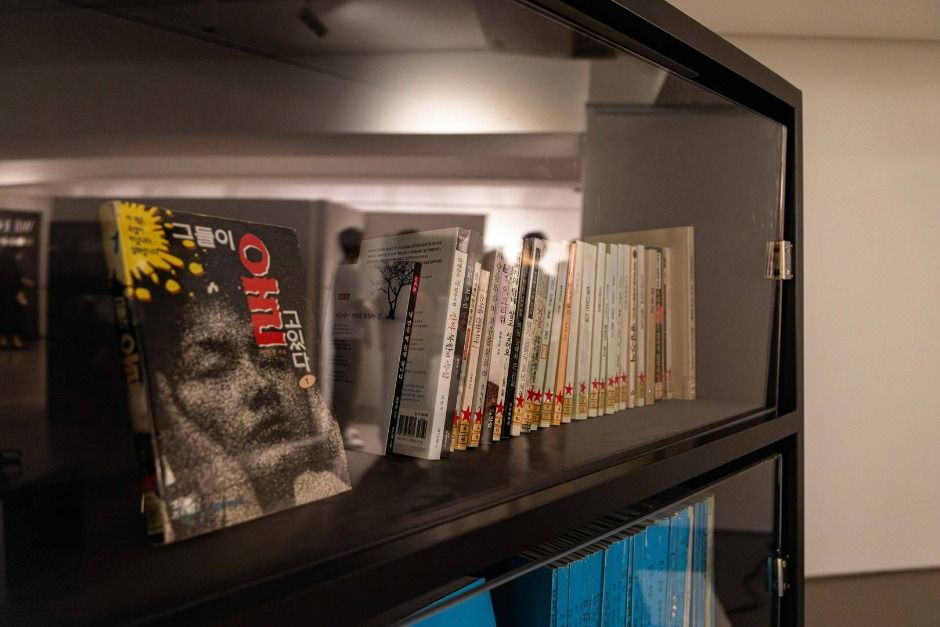
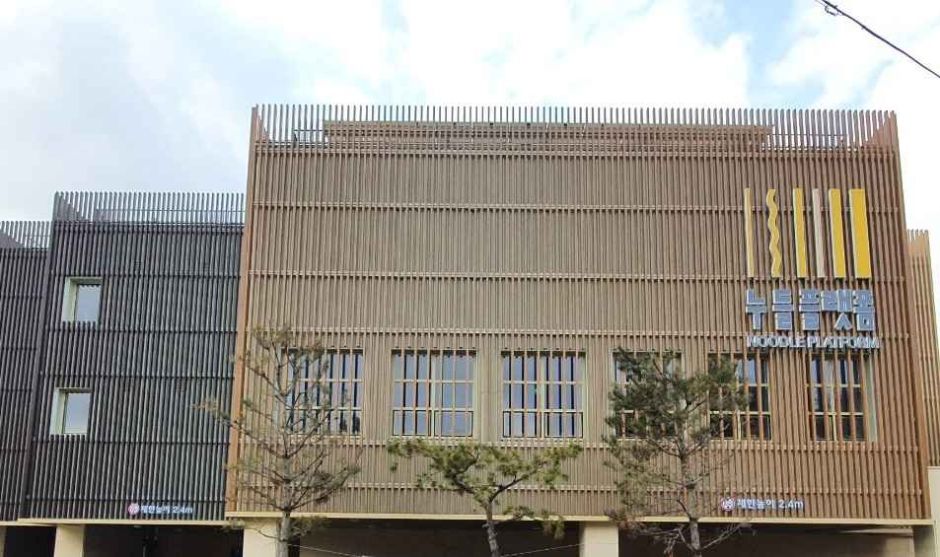
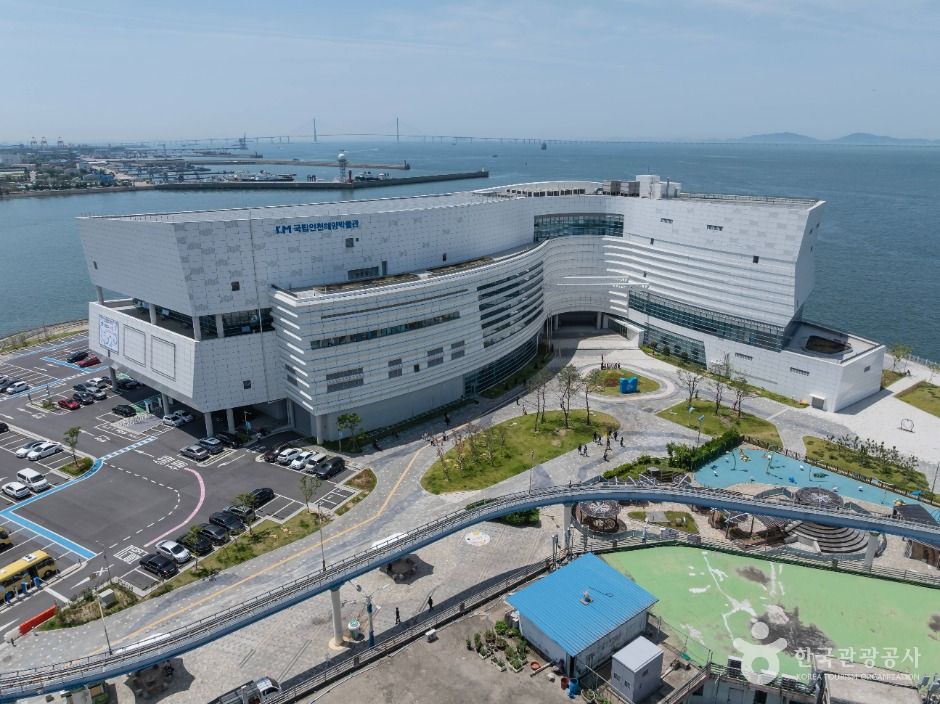
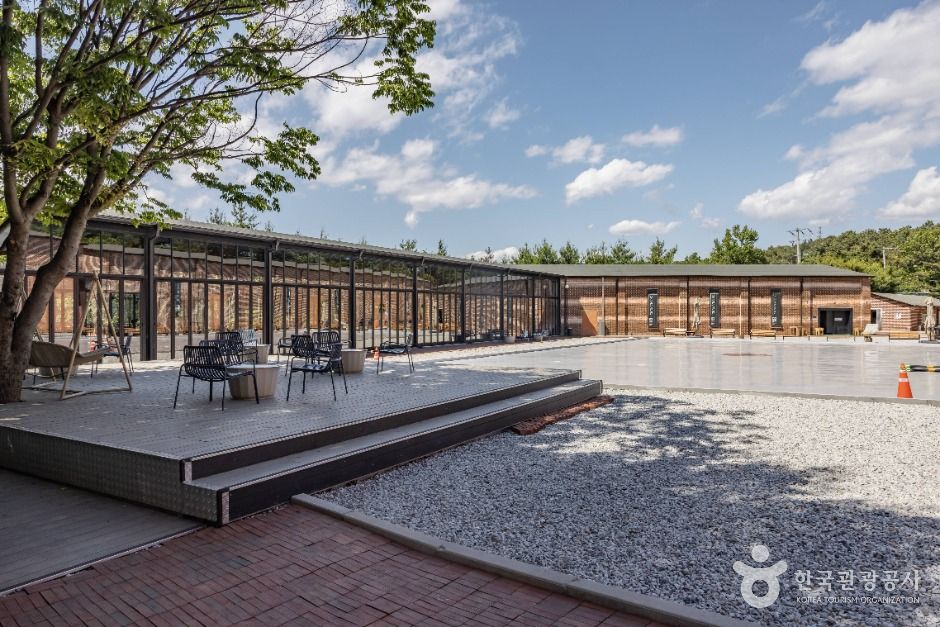
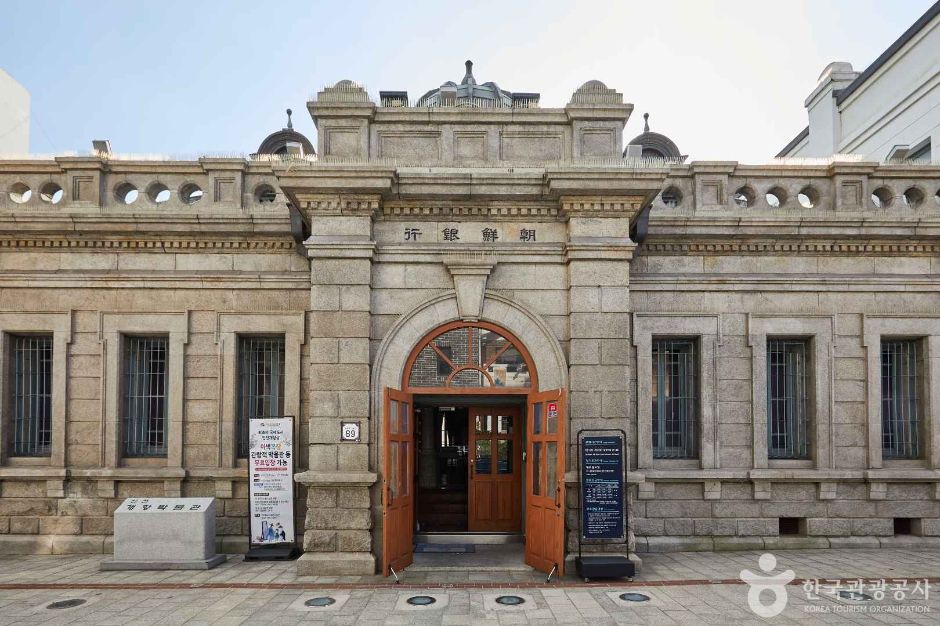

 English
English
 한국어
한국어 日本語
日本語 中文(简体)
中文(简体) Deutsch
Deutsch Français
Français Español
Español Русский
Русский